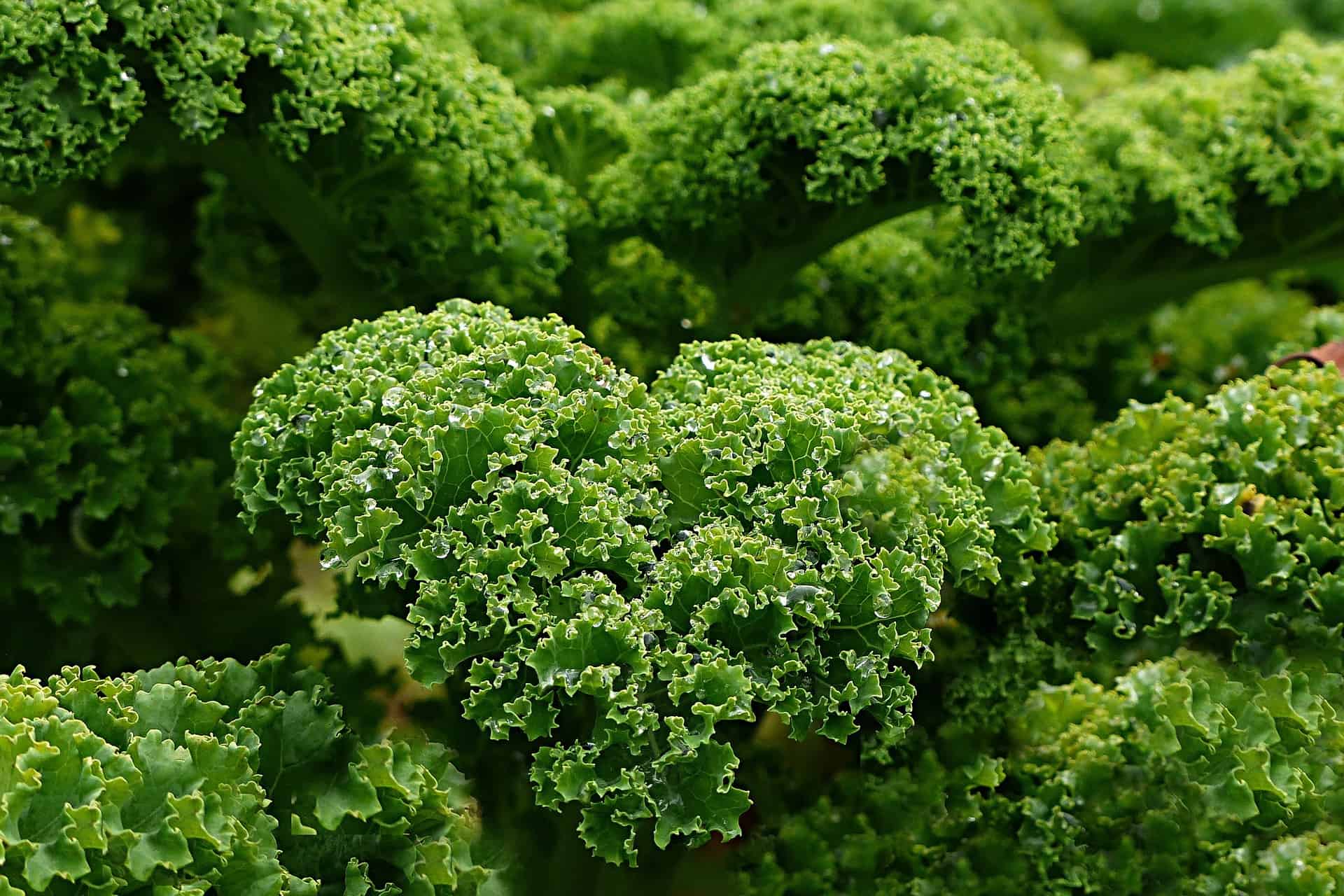Introducing new foods into our diet can be difficult, especially when it comes to children. When determining whether we like new foods, there are a lot of factors that come into play. Some of the main factors include:
Table of Contents
Five Tastes
Taste is determined by the mouth. While there are five tastes that can be perceived, multiple tastes can come from the same food. (I am sure you have experienced a fruit that emitted both sweet and sour tastes!) The five tastes are:
- Sweet – The sweetness that we taste comes from sugars (e.g., sucrose, fructose and glucose) and from some proteins (e.g., monellin). Sugars can be found naturally in fruit, or in artificial additives in many processed food and drinks. Either way, we are experiencing the same sensation in our mouths.
- Sour – The sourness that we taste comes from the acidity that is found in our food. Some common examples in produce are citric acid (e.g., citrus fruit), malic acid (e.g., apples), and tartaric acid (e.g., grapes).
- Salty – Saltiness comes from ions that we intake. The most common example is sodium, but you can also get this sensation from consuming calcium.
- Bitter – The bitterness taste is a result of alkaloids, phenolics, terpenoids and some proteins. Some examples you might be familiar with are naringin (e.g., grapefruit), cucurbitacins (e.g., pumpkin) and limonoids (e.g., citrus). This taste is particularly sensitive for those of you that are supertasters.
- Umami – This taste is the hardest to describe! The most common example of this taste is the savory taste you experience when eating soy sauce. Another common example is tomatoes. This sensation comes from consuming amino acids (e.g., glutamate and aspartate).
Food Texture
We all know that texture plays into whether or not we enjoy eating certain foods! It can be the simplest thing from preferring brown-spotted bananas over green bananas because they are less astringent. There are also those who enjoy cooked vegetables versus fresh vegetables. In this case, the texture of the food has changed and is therefore more pleasurable for certain consumers.
Food Aroma
The aroma correlates with the smell associated with the food. This can easily be confused with the taste, but the taste is what the mouth perceives (even when your nose is stuffed), while the aroma is what the food smells like. For different produce items, the aroma can consist of ten to hundreds of different volatile compounds (aromatic molecules that evaporate). Based on how those volatile compounds interact, that will reflect in the aroma of the food.
The sensitivity to different aromas and mixtures of volatile compounds varies between people. A good comparison is the difference between strawberries and garlic. For most people, the strawberry aroma is a pleasant experience. However, garlic is a whole different story! Garlic lovers enjoy the strong smell of garlic, while others have a strong sensitivity and dislike towards it.
How Past Eating History Affects Current Eating Practices
There is a lot more to food than just how it tastes, looks or feels in our mouths. Our past eating experiences also play a part. Some examples include:
- You already know what you like/dislike and do not want to try something that you ‘know’ you are not going to like.
- You grew up eating a certain type of food and know that is what you like and do not want to experiment with other types of food.
- Certain types of food do not make you feel good after eating them, so you do not want to eat them. For a lot of people, dairy falls into this category. I do not think that many people can cite produce here, unless it’s prepared or cooked with other products.
- The appearance is not familiar. This could be the case for a lot of tropical fruit that has spikes and different colors than the traditional crops grown in the United States.
Overcoming Obstacles: Introducing New Flavors and Food Into Our Diets
Although there are different factors that stand in the way, it is possible to introduce new flavors and foods into our diets. Research has been done to prove that the following two methods can be effective at achieving this goal.
- Pair new flavors with commonly enjoyed flavors. Some examples include: using a dip with vegetables, introducing a new type of fruit into a fruit salad, pairing a new vegetable with butter, etc.
- Pair new flavors with a preferred social situation. Some examples include: eating the new food with influential people around eating the same thing, having food marketed with influential characters (e.g., Sesame Street characters on produce packaging), etc.
Eating is a fun experience, and there is always room to incorporate new items into our diets! Here is to wishing you luck trying new products, and hopefully some new types of fruit and vegetables as well!
If you enjoyed this post, you might also like:
- Sensory Evaluations: Consumer Panel vs. Trained Panel
- Natural Food Coloring: Produce Alternatives to Food Coloring
- Are You a Supertaster?
Resources:
Vickers, Z. “Why we like fruits and vegetables: Senses or experiences?” (2012). PMA. [PowerPoint slides].
Zakharov, F. “Flavor and Aroma Biology.” (2011). UC Davis Postharvest Technology. [PowerPoint slides].
